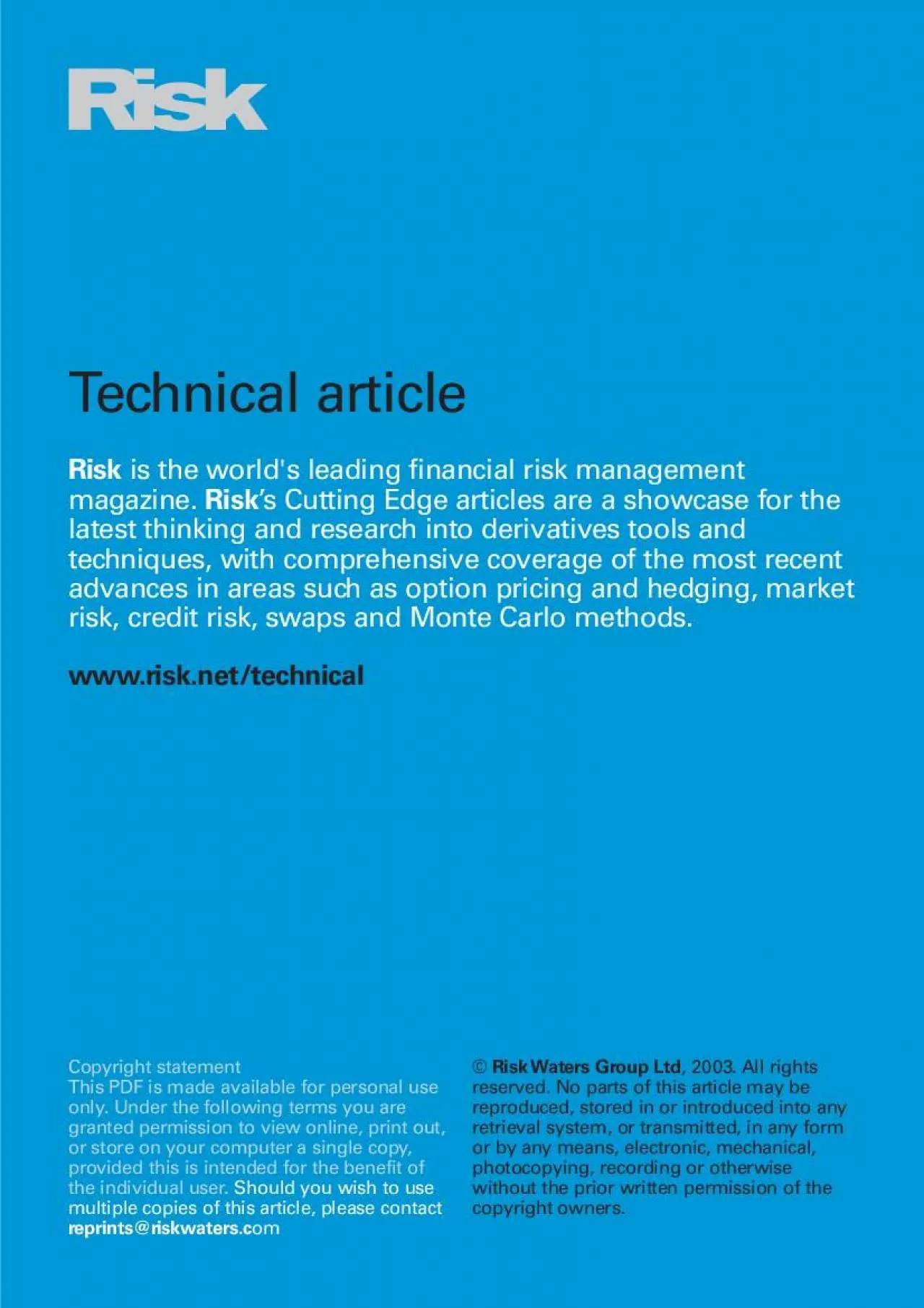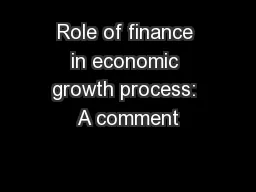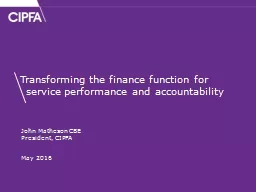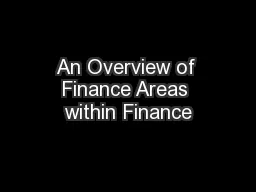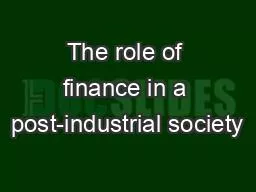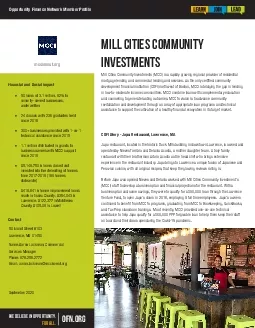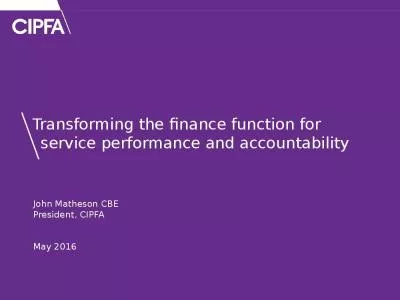PDF-1Volatility is central to many applied issues in finance and financial
Author : byrne | Published Date : 2021-10-05
2briefly reviewed above This emerging theory emphasizes the advantages of the socalled realizedvolatility estimator In particular Andersen and Bollerslev 1998 show
Presentation Embed Code
Download Presentation
Download Presentation The PPT/PDF document "1Volatility is central to many applied i..." is the property of its rightful owner. Permission is granted to download and print the materials on this website for personal, non-commercial use only, and to display it on your personal computer provided you do not modify the materials and that you retain all copyright notices contained in the materials. By downloading content from our website, you accept the terms of this agreement.
1Volatility is central to many applied issues in finance and financial: Transcript
Download Rules Of Document
"1Volatility is central to many applied issues in finance and financial"The content belongs to its owner. You may download and print it for personal use, without modification, and keep all copyright notices. By downloading, you agree to these terms.
Related Documents

